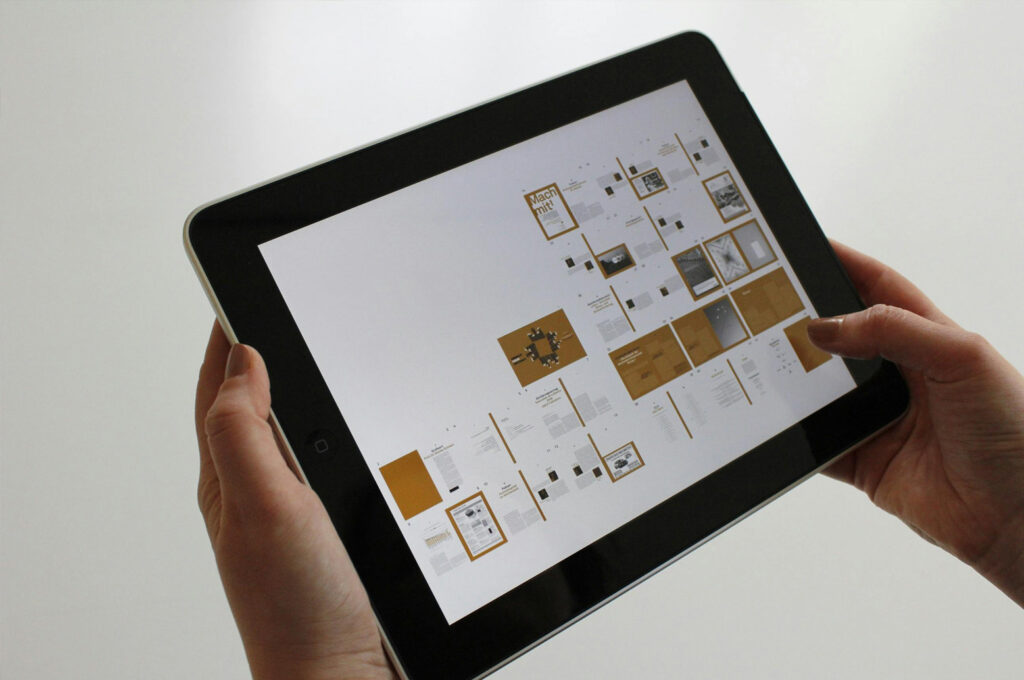Mastering User-Centric Design: Proven UX and Usability Principles for Transformative Digital Success

Proven UX and Usability Principles for Transformative Digital Success
In the fast-paced digital landscape, the principle of user-centric design has emerged as a cornerstone of effective web development and digital design. It prioritises the needs, preferences, and behaviours of users, ensuring that products are not only functional but also enjoyable to use.
In this post, we will explore the significance of user experience (UX) and usability in digital projects and how they can impact a project’s success.

Understanding
User-Centric Design
User-centric design revolves around creating products that are tailored to the actual users. This process is deeply rooted in understanding user needs through research, personalisation, and iterative testing.
By centring the design process around users, designers can create interfaces that are intuitive and engaging, leading to higher satisfaction and retention rates.


The Importance of User Experience
User experience encompasses all aspects of the interaction a user has with a product, from the user interface (UI) to the ease of navigation and the overall feel of the website or application. Here’s why focusing on UX is critical:
Higher User Satisfaction:
A well-designed user experience leads to happier users. When users find it effortless to achieve their goals, they are more likely to leave positive feedback and return to the site.
Improved Conversion Rates: Websites that offer a seamless and enjoyable experience can significantly increase conversion rates. Users are more inclined to complete desired actions, such as signing up, making a purchase, or sharing content when they enjoy their experience.
Minimised User Errors:
Effective UX design reduces confusion and missteps. By anticipating potential pain points and streamlining interactions, designers can help users navigate complex tasks with ease.
Stronger Brand Perception:
A positive user experience reflects well on your brand. It communicates professionalism, attention to detail, and a genuine commitment to user needs.


The Role of Usability
Usability focuses on how easy and satisfying a product is to use. It is an essential component of UX that determines whether users can interact with a product effectively. Key elements of usability include:
Learnability:
How easy is it for new users to accomplish basic tasks during their first encounter with the design?
Efficiency:
Once users have learned the design, how quickly can they perform tasks?
Memorability:
When users return after a period of not using the design, how easily can they re-establish proficiency?
Error Prevention:
How can the design minimise the occurrence and impact of mistakes?
Satisfaction:
How pleasant is it to use the design?
A product with high usability not only meets user expectations but often exceeds them, creating a sense of delight and confidence

Implementing
User-Centric Design Principles
To incorporate user-centric principles into your design process, consider the following strategies:
User Research:
Conduct surveys, interviews, and usability tests to gather insights about your target audience. Understand their goals and challenges to inform your design choices.
Personas and User Journeys: Develop personas representing your user base and map their user journeys. This will help you identify key touchpoints and areas for improvement.
Iterative Design:
Embrace an iterative design process where feedback is continuously sought and incorporated. This agile approach allows for rapid adjustments based on real user interactions.
Accessibility Considerations: Ensure your design is accessible to all users, including those with disabilities. This not only expands your audience but also reinforces user-centric values.
Conclusion
In a world where digital clutter is prevalent, the importance of user-centric design principles cannot be overstated.
By prioritising user experience and usability in digital projects, businesses can create products that genuinely resonate with users, leading to increased engagement, satisfaction, and ultimately, success. As we continue to explore innovative design approaches, let us remember that the user should always be at the forefront of our strategies.
At Digital Mosaic, we specialise in crafting digital experiences that put users first. If you’re looking to elevate your digital presence, explore our services and see how we can help bring your vision to life.